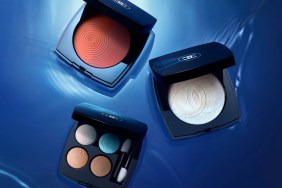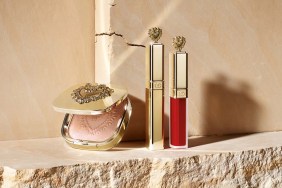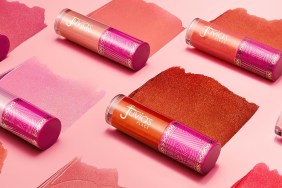
The truth is that the ingredients of these beauty buys can be questionable. Unlike food, the FDA does not regulate the contents of cosmetic products. We looked into some reoccurring ingredients to see what they were really all about and here’s what we found:
Petrolatum
A soft, mineral oil jelly used in lip balms and lipsticks. Petrolatum, which is also used for gasoline, is the grease in a balm that helps your lips feel moist. However, this chemical interferes with the body’s natural ability to create moisture and it will cause dryness in the long term, which just makes you use more of it. See the catch?
Parabens (Methylparaben, Propylparaben, and Butylparaben)
Parabens are the most commonly used preservatives in makeup and are used to prevent bacterial growth in things like foundation. The safety of parabens has been a hot topic of debate for more than 30 years. While the FDA believes they are generally safe, they have been called toxic and said to imitate certain hormones, which can lead to breast cancer. The jury’s still out, so we’ll let you make up your own mind about this one.
Imidazolidinyl Urea and Diazolidinyl Urea
The bad news about these popular cosmetic preservatives is that they release formaldehyde, a nasty toxic carcinogen linked to eye, nose, and sinus problems and various forms of cancer. The “Ureas” can be found in all kinds of makeup, especially water-based products, and are often in “hypoallergenic” products. Although they are fine to use in small doses, we recommend testing products that contain these chemicals by initially applying small amounts on your skin, making sure you don’t have an allergic reaction.

This chemical is what gives our makeup its pizzazz: the color. On a cosmetic’s container FD&C will be followed by a color and a number (ex: FD&C Red 40). Also a debatable subject, some swear that this synthetic dye contains cancer-causing agents and could lead to breathing problems, while others (the FDA included) say it’s fine in small doses. This is the same coloring used in food products, so we’d say it’s probably safe, but we’ll certainly be keeping an eye out for future research suggesting otherwise.
NOTE: Although tFS does not intend for this article to be medical or expert advice in any way, we do recommend getting to know the ingredients of your favorite products a bit better. It’s a good way to prevent skin irritations, and for vegans or members of various religions, eliminate personal use of cosmetics that contain animal products.








